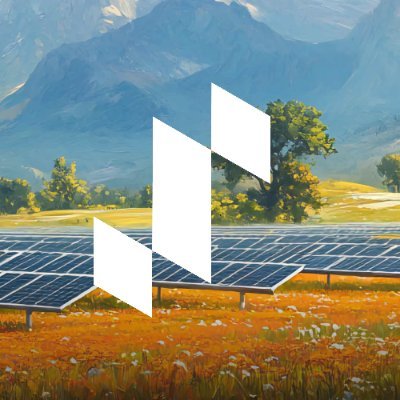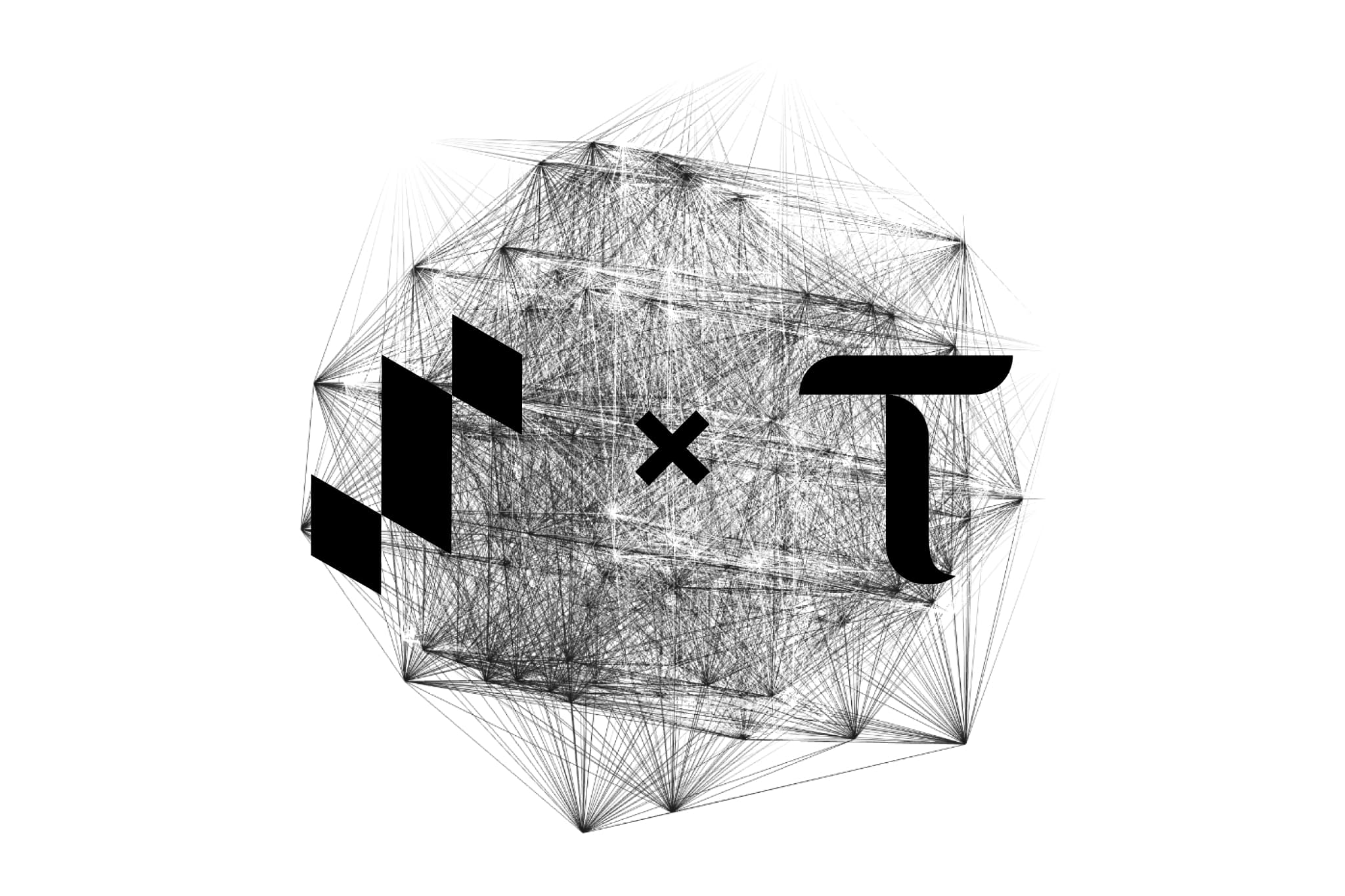Bittensor: A Decentralized Intelligence Market And How Solar Energy Can Power Its Future



Bittensor: A Decentralized Intelligence Market and How Solar Energy Can Power Its Future
In the world of artificial intelligence (AI), big tech firms dominate the scene, building and controlling massive AI models that dictate the future of machine learning. This centralization limits innovation and prevents smaller developers from contributing their specialized models. Bittensor proposes a groundbreaking solution: a decentralized, peer-to-peer (P2P) intelligence market, where AI models can interact, share knowledge, and be rewarded for their contributions in a fair and open network.
But as with any network reliant on computational power, decentralized AI markets like Bittensor face a significant challenge: energy consumption. Running a decentralized intelligence network requires substantial computational resources, particularly for energy-intensive subnets that perform complex AI tasks. This is where cheap, decentralized energy sources such as solar power become crucial.
The Need for Decentralized Energy in Decentralized AI
To truly decentralize AI, we must also decentralize its energy supply. Traditional power sources, such as fossil fuels or even grid-based electricity, are centralized and expensive. They not only contribute to environmental harm but also limit the ability of smaller, geographically diverse AI models to participate in a decentralized market like Bittensor.
Solar energy, the most decentralized and cost-effective power source, can help solve this problem. By tapping into the unlimited potential of the sun, Bittensor participants can power their models sustainably, making decentralized AI more accessible and scalable. This combination of decentralized AI with decentralized energy ensures that no single entity—whether it's a tech corporation or a power company—controls the network, keeping both energy costs and power distribution fair and democratized.
What is Bittensor?
Bittensor is a peer-to-peer intelligence market that allows machine learning models (or "peers") to exchange knowledge and evaluate each other. The system runs on a digital ledger, where peers are ranked and rewarded based on the quality of their contributions. This decentralized setup moves away from traditional AI development, which tends to focus on narrow, state-of-the-art models controlled by large corporations.
In Bittensor’s network, each peer:
- Trains using its unique dataset.
- Shares outputs with other peers.
- Is ranked based on the value it provides to others.
- Receives rewards for its contribution, recorded on a decentralized ledger.
The Role of Solar Energy in Supporting Bittensor
Running machine learning models is computationally intensive. For subnets on the Bittensor network—clusters of interconnected models working on complex problems—the energy demand can be enormous. In a centralized world, this demand is met through traditional power grids, which can be costly and environmentally damaging.
However, Bittensor’s decentralized nature is perfectly aligned with the principles of renewable, decentralized energy sources like solar power. Here’s why solar energy can power the future of decentralized AI:
-
Cost Efficiency: Solar energy is now the cheapest source of energy in many parts of the world. As the cost of solar panels continues to fall, it offers a sustainable way for participants in the Bittensor network to run energy-hungry models without incurring crippling energy bills.
-
Scalability: Decentralized AI systems grow as more participants join the network, and solar power scales just as easily. From individuals running small-scale AI models in their homes to larger setups in solar-powered data centers, solar energy can be adapted to suit the diverse needs of the Bittensor network.
-
Energy Independence: Solar energy allows AI developers to become energy independent, meaning they are not reliant on a centralized grid or a single power company. This aligns with Bittensor’s core mission of decentralization, ensuring that no entity holds disproportionate power over the network.
-
Environmental Sustainability: By powering decentralized AI with solar energy, Bittensor’s ecosystem can minimize its carbon footprint. Given the growing global emphasis on climate change, reducing the environmental impact of AI is critical. Solar energy provides a clean, renewable alternative to fossil fuels and traditional electricity sources.
Conclusion: Decentralized AI Needs Decentralized Energy
As AI evolves, decentralization becomes essential for creating fair, accessible, and open innovation spaces. Bittensor is laying the groundwork for a decentralized future in AI, where models are not only judged on their performance but also rewarded for their contributions in an open marketplace.
To support this decentralized AI market, we need decentralized energy sources, and solar power is the ideal solution. It’s cheap, sustainable, and scales in line with the demands of decentralized networks like Bittensor. By combining decentralized intelligence with decentralized energy, we can build a more resilient, innovative, and equitable future for AI development.
With solar energy powering Bittensor, the future of AI is not only intelligent—it’s sustainable.